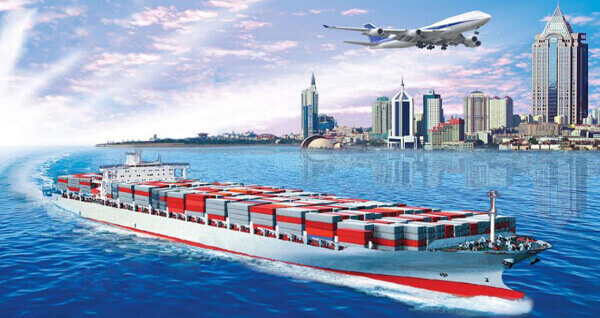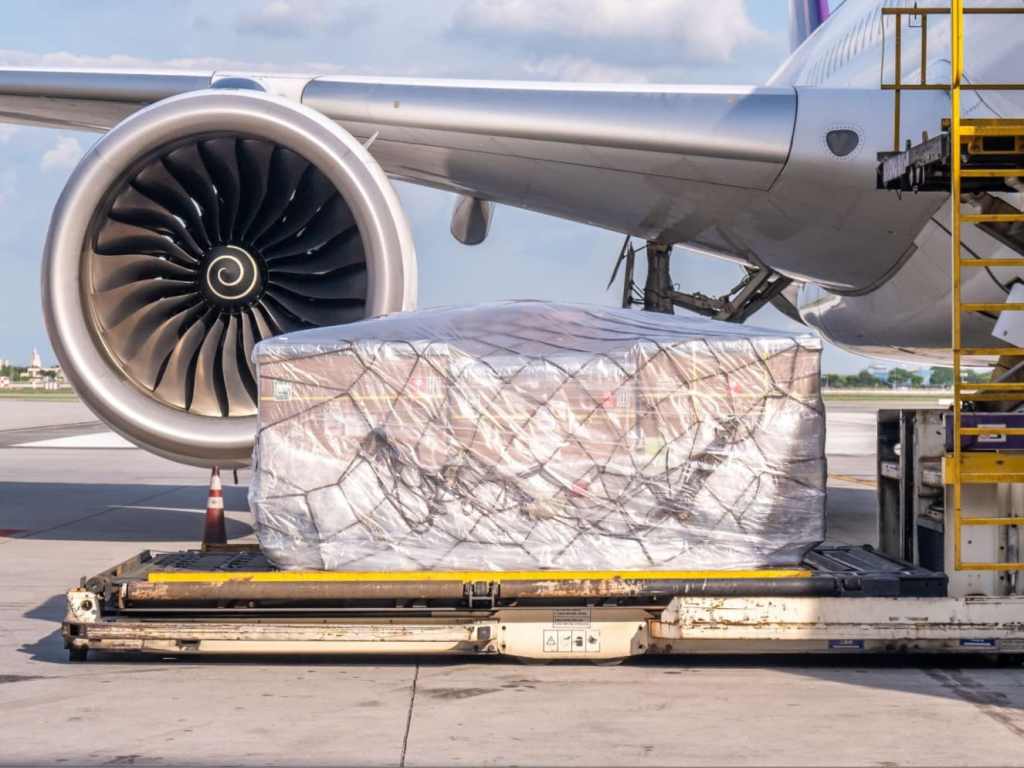Efficient customs clearance China to Germany is vital for any importer seeking to streamline logistics and avoid costly delays. As trade between China and Germany continues to expand, understanding customs documentation, import duties, and compliance rules becomes increasingly important. This article provides a step-by-step breakdown of customs procedures, required paperwork, and practical solutions for faster clearance and cost efficiency.
What Is Customs Clearance from China to Germany?
Customs clearance refers to the process of legally importing goods into Germany while meeting all EU regulations and paying relevant duties and VAT. It involves verifying invoices, product classification, and conformity certificates before the cargo is released.
| Stage | Description | Handled By |
|---|---|---|
| Export Clearance | Verification of export documents in China | Chinese customs |
| Shipping & Transit | Transport from port of loading to destination | Freight forwarder |
| Import Clearance | German customs inspection, duties, and VAT | Importer or agent |
Additionally, customs brokers ensure smooth communication between logistics providers and customs offices, minimizing delays caused by incomplete paperwork.
What Documents Are Required for Customs Clearance?
When handling customs clearance China to Germany, precise documentation is critical. Missing even one document can cause inspection delays or penalties.
| Required Document | Purpose |
|---|---|
| Commercial Invoice | Declares product value and details |
| Packing List | Describes packaging and weight |
| Bill of Lading / Air Waybill | Proof of shipment |
| Import Declaration | Submitted to German Customs (Zoll) |
| CE Certificate | Confirms EU compliance |
| Certificate of Origin | Validates product origin |
| Insurance Certificate | Provides shipment protection |
Moreover, ensure that your product’s HS Code is correct since it determines applicable duties and VAT rates.
How Much Are Import Taxes and Duties from China to Germany?
Import taxes vary based on product category, customs value, and Incoterms used. Generally, you’ll pay import duty (0–12%), VAT (19%), and possibly anti-dumping duties for specific electronics or textiles.
| Category | Typical Duty Rate | VAT Rate | Remarks |
|---|---|---|---|
| Electronics | 0–5% | 19% | Must meet CE standards |
| Machinery | 3–8% | 19% | Requires technical documentation |
| Clothing & Textiles | 8–12% | 19% | Often subject to quota |
| Furniture | 2–6% | 19% | Wood certification required |
For example, importing $20,000 worth of electronics could incur $1,000 in duty and $3,990 VAT. Using Delivered Duty Paid (DDP) can simplify tax handling since the seller pays all duties upfront.
What Are the Transit Times from China to Germany?
Transit time depends on the chosen transport mode and departure port.
| Mode | Route Example | Average Time | Best For |
|---|---|---|---|
| Sea Freight | Shanghai → Hamburg | 32–38 days | Large shipments |
| Rail Freight | Xi’an → Duisburg | 17–20 days | Mid-volume goods |
| Air Freight | Shenzhen → Frankfurt | 5–8 days | Urgent cargo |
However, customs inspection or port congestion can add 2–3 days. Planning ahead with reliable forwarders can keep your delivery schedule on track.
Real Case Studies: Customs Clearance China to Germany
Case 1: Consumer Electronics via Air Freight
- Origin: Shenzhen
- Destination: Frankfurt
- Volume: 1.2 tons
- Transport Mode: Air freight (DDP)
- Cost: $8.2/kg
- Transit Time: 7 days
- Result: Cleared within 24 hours; importer benefited from pre-cleared documentation.
Case 2: Industrial Machinery via Rail Freight
- Origin: Chengdu
- Destination: Duisburg
- Volume: 8 tons
- Cost: $3,500
- Transit Time: 18 days
- Result: Customs clearance completed in 2 days with CE and RoHS certificates prepared in advance.
What Are the Common Customs Challenges for China–Germany Imports?
Importers face several challenges during customs clearance China to Germany, including:
- Incorrect HS Code classification leading to higher duties
- Incomplete CE marking for electronics and machinery
- Missing documents like commercial invoices or packing lists
- Language barriers with customs forms and regulations
- Random inspections that cause delivery delays
However, hiring an experienced customs agent reduces such risks and ensures compliance with both EU and German import laws.
How to Speed Up Customs Clearance from China to Germany?
To accelerate clearance, importers should:
- Submit documents electronically to German Customs (ATLAS system).
- Verify HS codes and values before shipment.
- Choose Delivered Duty Paid (DDP) service to include taxes upfront.
- Work with a licensed customs broker for real-time clearance tracking.
- Maintain transparent communication with your freight forwarder.
Additionally, scheduling your shipment outside peak seasons like September–December can avoid congestion at major ports like Hamburg and Bremerhaven.
How to Select the Right Freight Forwarder for Customs Clearance?
Choosing a professional partner simplifies your customs clearance China to Germany process and reduces compliance risks.
| Selection Criteria | Why It Matters |
|---|---|
| Customs Expertise | Handles EU compliance efficiently |
| End-to-End Services | Combines shipping and customs clearance |
| Transparent Pricing | Avoids hidden surcharges |
| Local Presence | Ensures faster communication |
| Track Record | Demonstrates reliability |
Moreover, always request references and confirm that the forwarder uses the latest ATLAS customs declaration system.
Conclusion
In summary, customs clearance China to Germany involves more than document submission—it’s about compliance, timing, and reliable partnerships. Understanding duties, VAT, and customs procedures ensures your goods enter Germany without delay.
To illustrate, choosing the right Incoterms, preparing complete documentation, and collaborating with skilled customs brokers will streamline the entire logistics chain.
To summarize, successful import operations rely on preparation, professional guidance, and continuous monitoring of customs updates to stay compliant and cost-effective.
- Consult TJ China Freight Forwarding for the lowest quote. They will provide you with reliable, cost-effective service.
FAQs
Q1.How long does customs clearance take in Germany?
Customs clearance typically takes 1–3 days, depending on documentation accuracy and the shipping mode used for your imported goods.
Q2.Can I handle customs clearance without an agent?
Yes, but it’s complex. Hiring a customs broker ensures all documents comply with EU standards, reducing the risk of costly errors.
Q3.What are the best Incoterms for imports from China to Germany?
DDP and DAP are ideal since they include customs duties and VAT management, simplifying the entire import process for buyers.
Q4.Are electronic products from China subject to CE marking?
Yes. All electronics must carry a CE mark proving compliance with EU safety, health, and environmental protection standards.
Q5.How are customs duties calculated for imports from China?
Duties are based on HS code classification, customs value (CIF), and product origin. Incorrect codes may trigger higher import costs.




